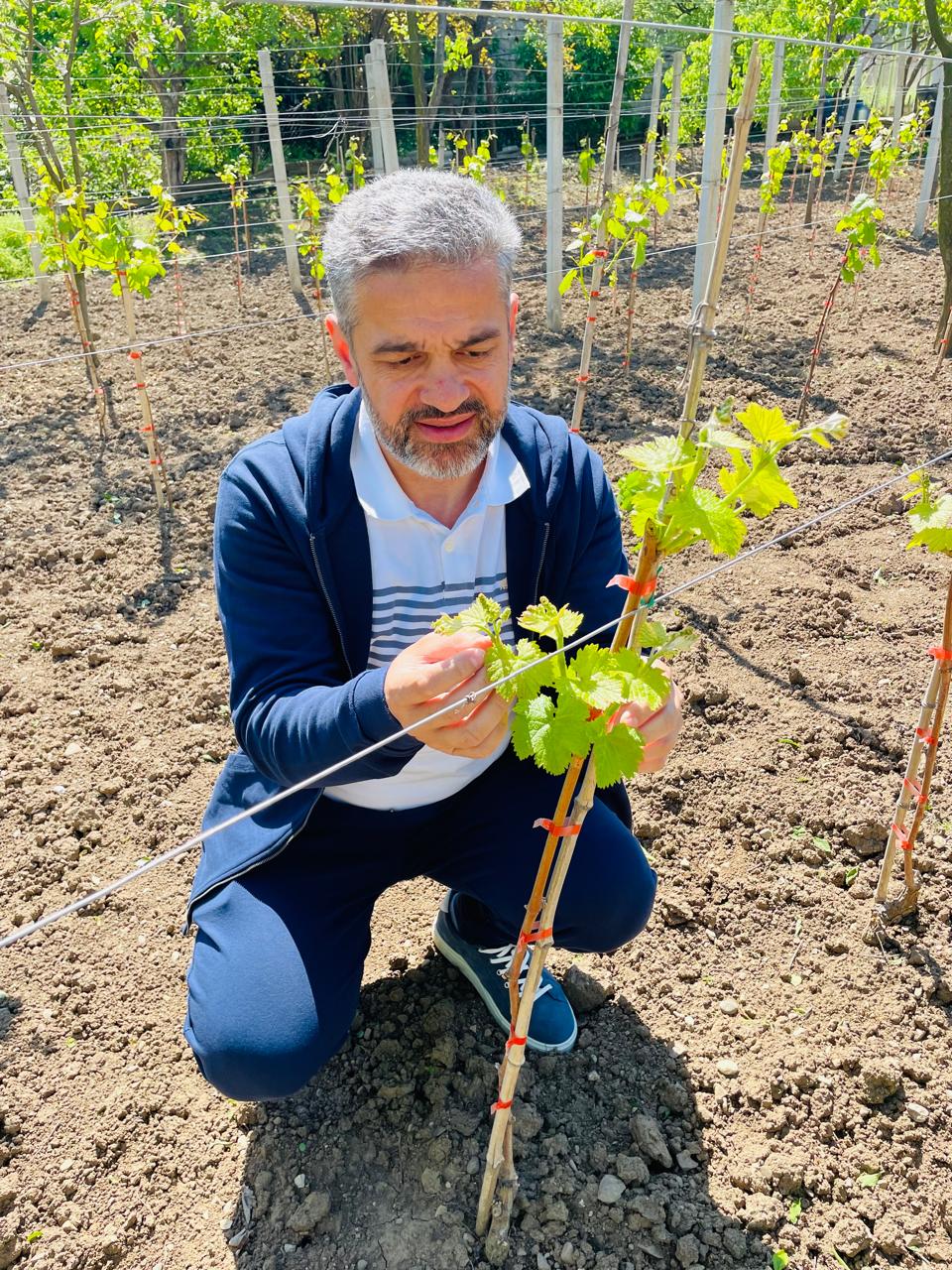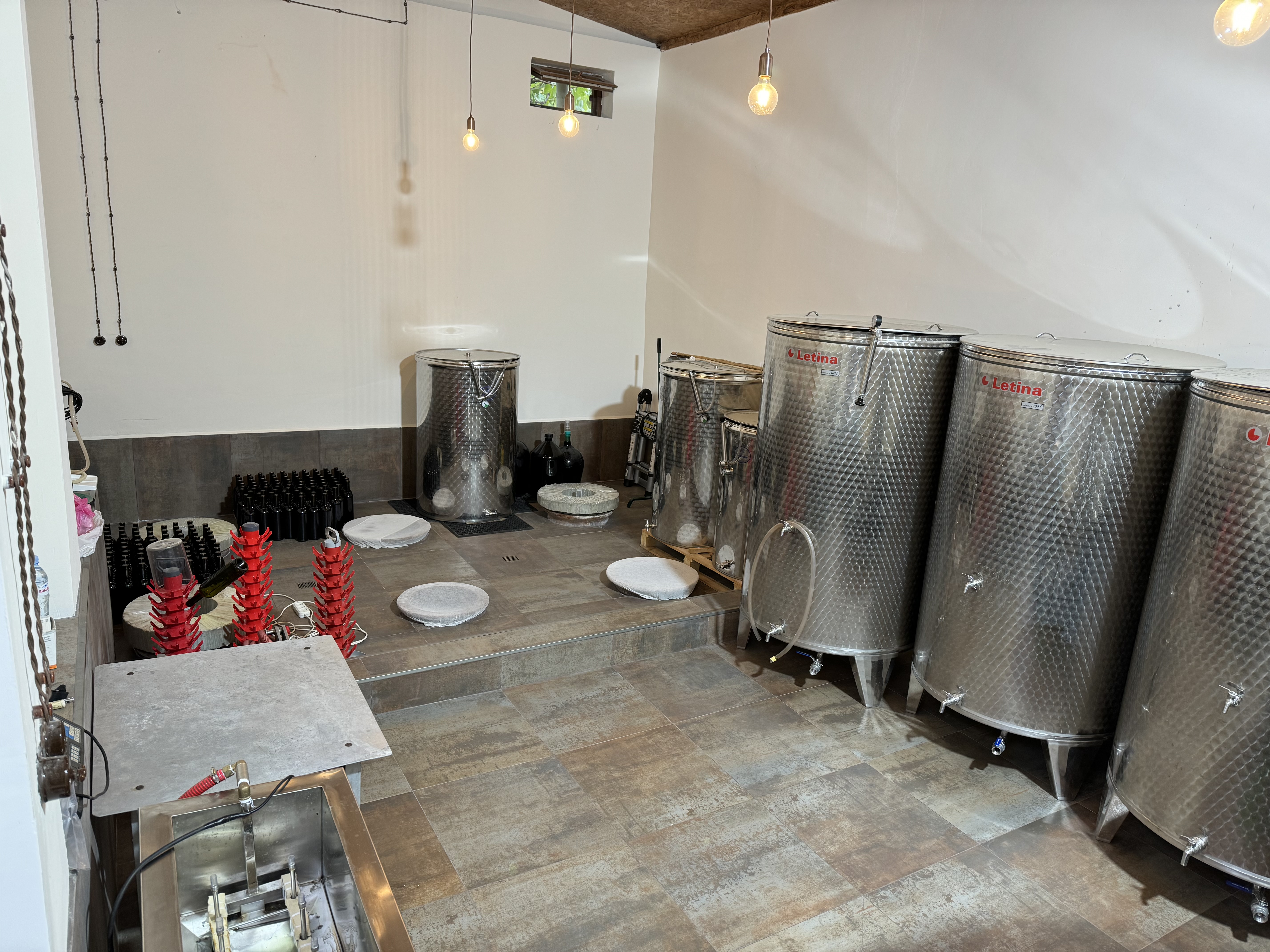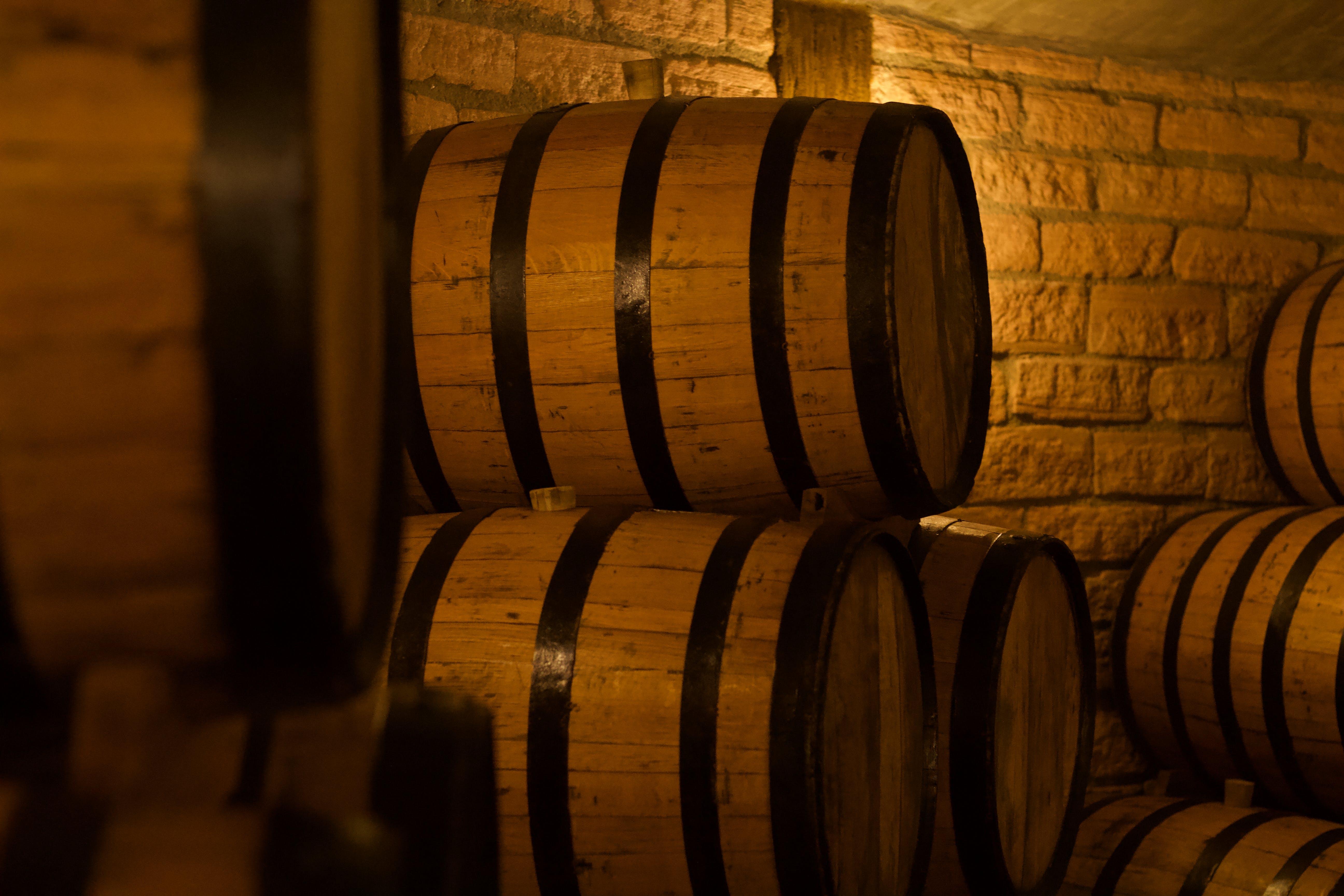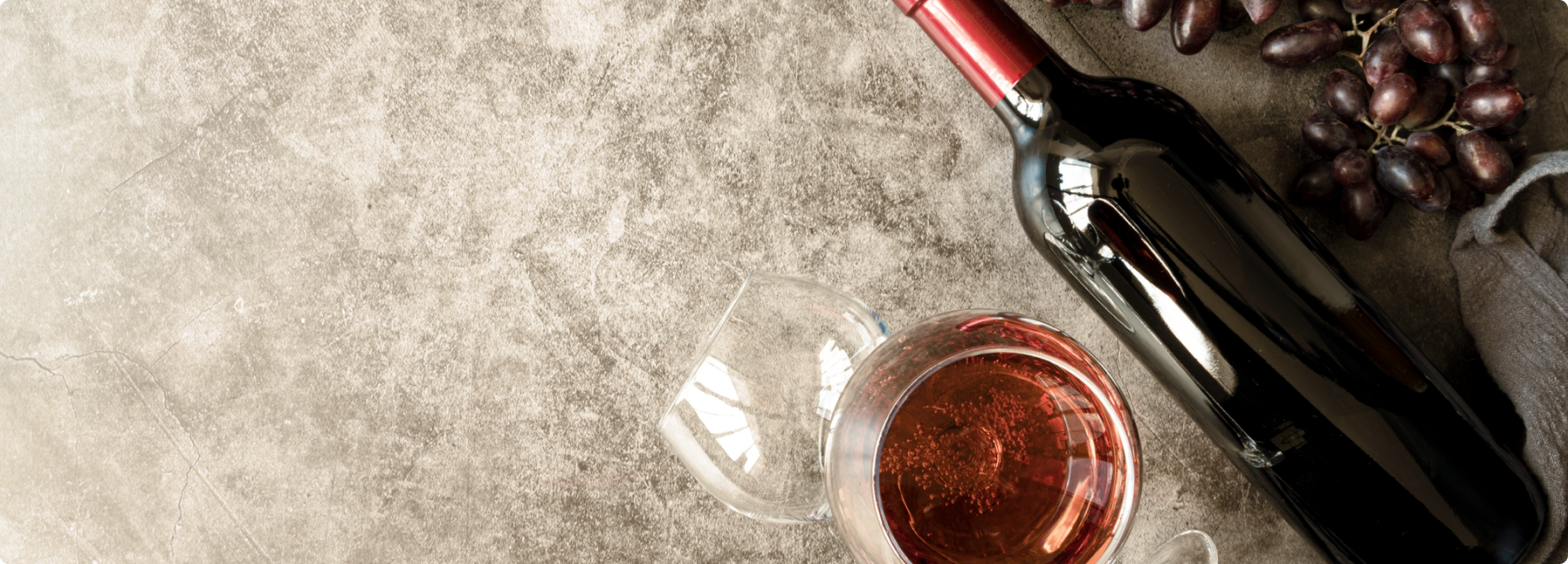Winemaking Tradition
Our History
The village of Sakobo in the Signagi district belongs to the Tibaani winemaking zone, located in the inner region of Kakheti, in the eastern part of the Alazani Valley, on the southeastern plain of Gombori, at coordinates 41°35' and 46°00'. The absolute elevation of the viticulture zone ranges from 350 to 550 meters above sea level. The Bakashvili family has lived in Tibaani since the 18th century. Like almost every family in the area, they have maintained a Marani (traditional Georgian winery) for as long as they can remember. The Marani—often referred to as "Marani/home" by locals—connects the bedroom directly to the wine cellar with a single door, symbolizing the central role of winemaking in the family’s daily life. Ako Bakashvili, who runs the family business, is a financier by profession. However, his love for family heritage...

Our Best Spirit
Limited editions, limitless pleasure: Indulge in the pinnacle of Georgian winemaking

Rkatsiteli
Dry amber wine Qvevri unfiltered

Kisi-Khikhvi-Rkatsiteli
Dry amber wine Qvevri unfiltered

Saperavi
Dry red Qvevri wine unfiltered

Khikhvi
Dry amber wine Qvevru unfiltered

Kisi
Dry amber wine Qvevru unfiltered

Chacha
Aged in oak barrel
ALC 50%
Our Winemaking Process
From Vine to Sip: The Story of How our Wines are Made in Bakashvili's winery
At Bakashvili Winery, every bottle begins with a deep respect for our land, our vines, and our family tradition. We are located in the heart of Kakheti, where the soils, sunlight and cool breezes of the Alazani Valley create ideal conditions for healthy, expressive grapes. From the very beginning, our aim has been to produce wines that honestly reflect this unique environment and the centuries-old knowledge of our ancestors. Our approach is rooted in the ancient Qvevri method – a winemaking tradition recognized by UNESCO as part of the world’s intangible cultural heritage. Grapes are harvested by hand from small, carefully tended plots in the Tibaani zone to ensure only the best fruit enters the cellar. Picking by hand allows us to select bunches at optimal ripeness and handle them gently, preserving the natural bloom of wild yeasts on the skins.



